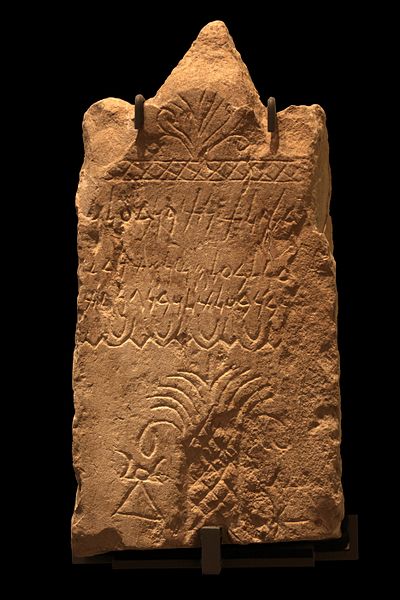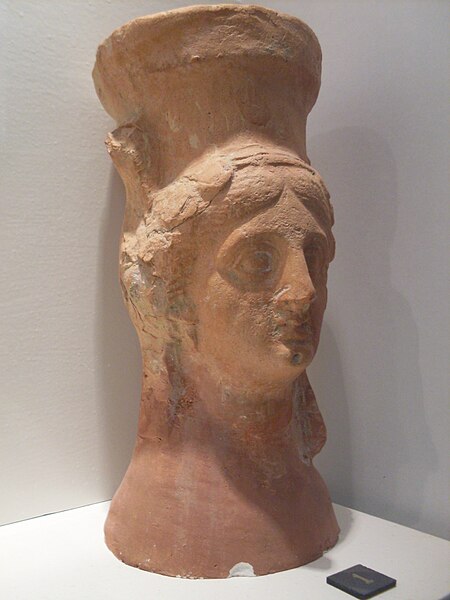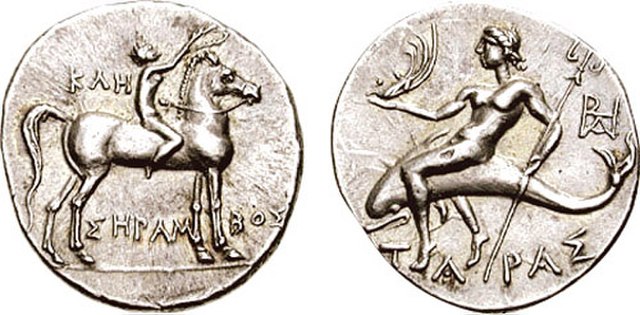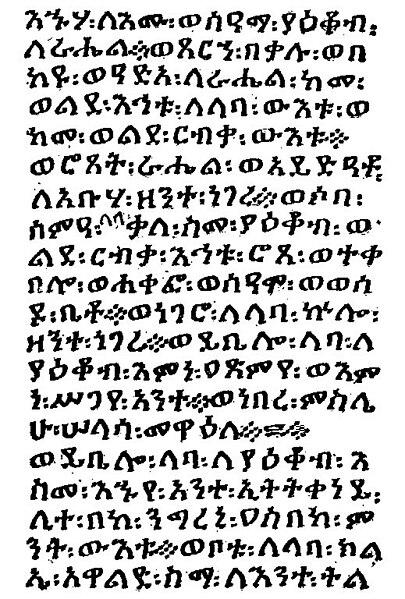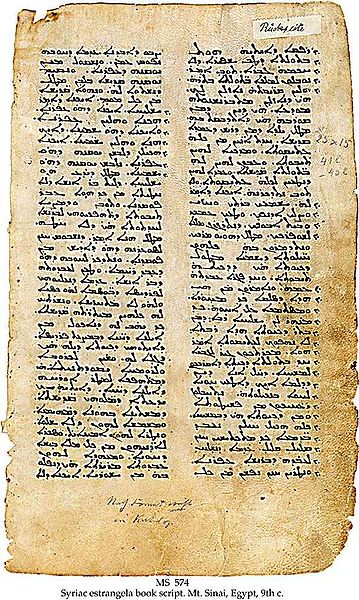Ancient Carthage was an ancient Semitic civilisation based in North Africa. Initially a settlement in present-day Tunisia, it later became a city-state and then an empire. Founded by the Phoenicians in the ninth century BC, Carthage reached its height in the fourth century BC as one of the largest metropoleis in the world. It was the centre of the Carthaginian Empire, a major power led by the Punic people who dominated the ancient western and central Mediterranean Sea. Following the Punic Wars, Carthage was destroyed by the Romans in 146 BC, who later rebuilt the city lavishly.
Stele with a Phoenician votive inscription, palm motif, and sign of Tanit, from the Carthage tophet, now in the Museum of Fine Arts, Lyon
The suicide of Queen Dido, by Claude-Augustin Cayot (1667–1722)
A Carthaginian ceramic perfume burner in the shape of a woman's head, Kerkouane Archaeological Museum
Coin from Tarentum, in southern Italy, during the occupation by Hannibal (c. 212–209 BC). ΚΛΗ above, ΣΗΡΑΜ/ΒΟΣ below, nude youth on horseback right, placing a laurel wreath on his horse's head; ΤΑΡΑΣ, Taras riding dolphin left, holding trident in right hand, aphlaston in his left hand.
Ancient Semitic-speaking peoples
Ancient Semitic-speaking peoples or Proto-Semitic people were speakers of Semitic languages who lived throughout the ancient Near East and North Africa, including the Levant, Mesopotamia, the Arabian Peninsula and Carthage from the 3rd millennium BC until the end of antiquity, with some, such as Arabs, Arameans, Assyrians, Jews, Mandaeans, and Samaritans having a continuum into the present day.
11th-century manuscript of the Hebrew Bible with Targum
Page from a 15th-century Bible in Ge'ez (Ethiopia)
9th century Syriac manuscript

